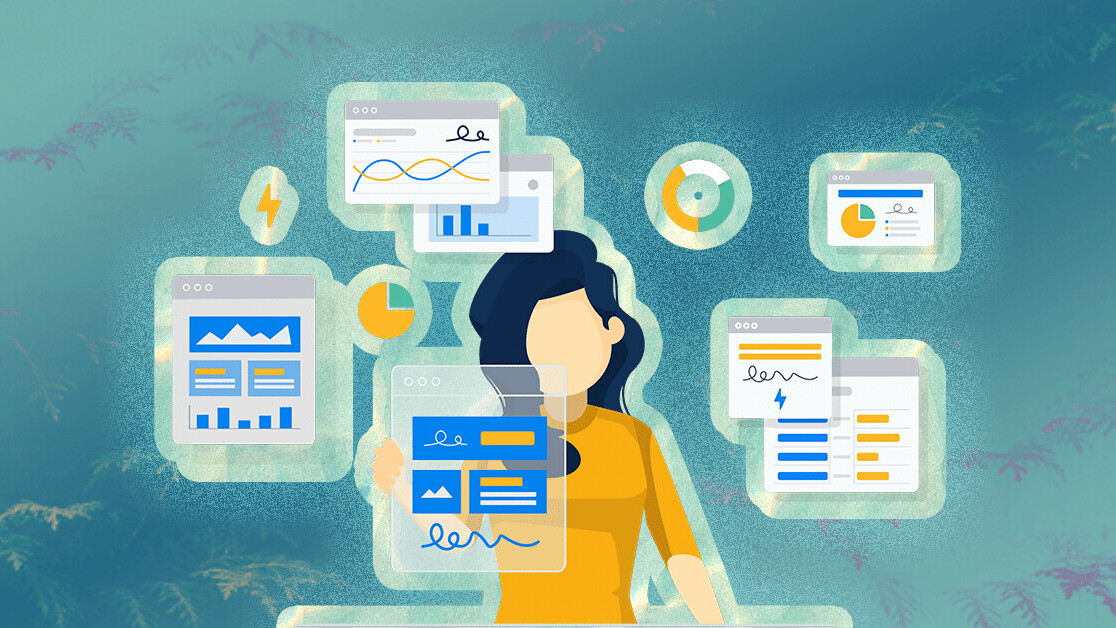
Over the last two years, my startup has helped 12 companies accelerate their growth — a mix of startups, scaleups, and corporates. Being slightly obsessed with data, my team and I collected quite a bit of it along the way.
We now use this data to predict what the future is more than likely going to look like, and what our clients need to prepare for as a result. We’ve got 12 main market indicators that we look to when planning for future growth.
Today I’m going to share four of those with you. If you’d like to know what the other eight are, pop me a direct message on LinkedIn ? But let’s dive into the first four!
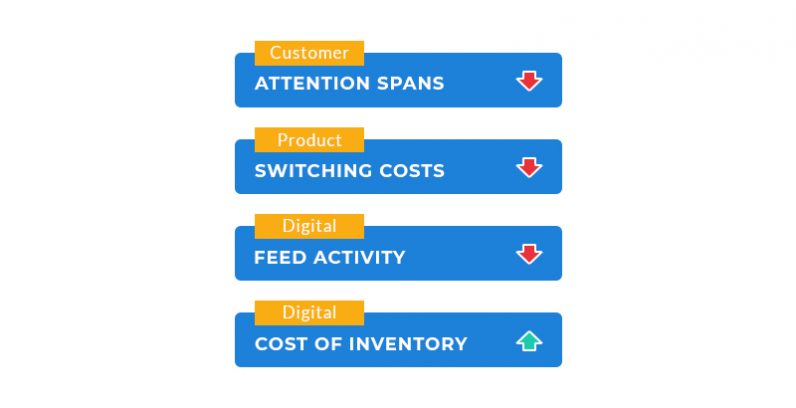
1. Customer attention spans are going down
To put it bluntly, our attention spans have shrunk. Our days are flooded with daily headlines, viral clips, newsletters, comments, threads, ping notifications and more — all this came at a very high cost to our brains.
Dr Joseph Firth, Senior Research Fellow at Western Sydney University reported that: “High-levels of Internet use could indeed impact on many functions of the brain. For example, the limitless stream of prompts and notifications from the internet encourages us towards constantly holding a divided attention — which then in turn may decrease our capacity for maintaining concentration on a single task.”
Want proof? Even our music is getting shorter as Spotify announces that the economics of streaming is making songs shorter every year ?
2. Switching costs are going down
This is hitting the insurance and banking industries the hardest, but it will creep into more industries over the next decade. What does it mean? To put it simply — there are more companies in each sector, and the ‘cost’ of consumers switching providers or brands is getting less, meaning it’s not as difficult to switch as it used to be.
We’ve spent the last decade reducing friction for new customers to sign up, making it easier to become a customer and automating onboarding in real time. Our competitors did the same. The net result is that we’ve actually made the process of switching between banks, insurers and brands a whole lot easier for all consumers.
Our understanding of the LTV (lifetime value) of our customers is also playing a role here — because we are getting better at predicting how much revenue we’ll earn off a customer in the future, we’re able to incentivize customers to switch with rewards, double value, free services, and more. It’s just like credit — we’re using the money our customers will bring us tomorrow, to get them to sign up today.
3. As dark social rises, activity on the feed goes down
The rise of dark social will see more one to one conversations, group chats, and DMs than ever before. Consumers are moving conversations off public feeds and into private chats and they are doing it at lightning speed. We know this because private messaging apps have seen more growth in the last few years than Twitter, Snapchat, and Facebook combined.
Instagram use as a ‘direct’ channel is on the rise too. I had been suspecting this for a while, but it was recently confirmed when my mother asked me what it meant to ‘slide into somebodies DMs’ ?
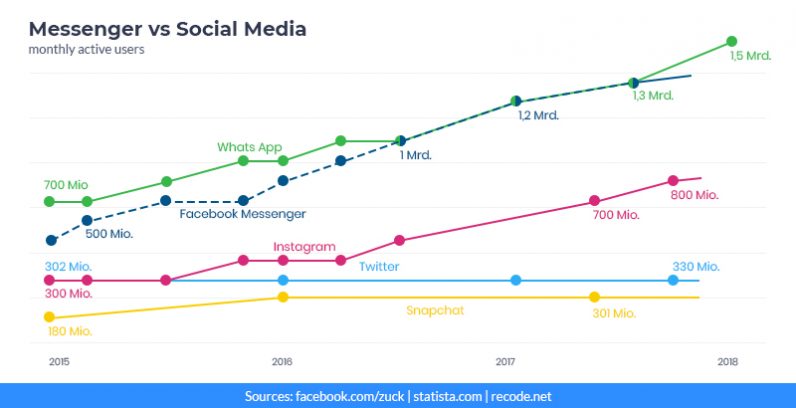
Get ready for the next wave of word of mouth marketing! Brands are going to have to find new ways to inject themselves into consumers conversations on WhatsApp, iMessage, and whatever chat platform comes next. Referral programs have largely been a growth tactic for startups in the last decade but large organizations will see the value of them as they realize that their customers are their only direct line into WhatsApp.
This insight was one of the reasons we built out a referral marketing division at Aerialscoop last year, offering referral software geared for enterprise brands.
4. The cost of ad inventory on digital platforms is going up
As consumers spend more time online, more brands will want to advertise there (demand rises). And as more brands shift their budget away from traditional channels and to digital channels the amount of ad inventory available to buy will get less (supply falls).
This rise in demand and fall in supply will cause the price of digital ad inventory to go up — meaning we’ll pay more for impressions on Facebook, Twitter, YouTube etc.

So, what does all this mean for marketers and companies looking to hire them?
It means marketers should be focusing on building the skills below. We use our twelve market indicators to guide our focus at Aerialscoop, and these are the things we’re working hard to help our clients master…
Loyalty — this means finding ways to get your current and new customers to stay for longer, and not to switch even when costs are low.
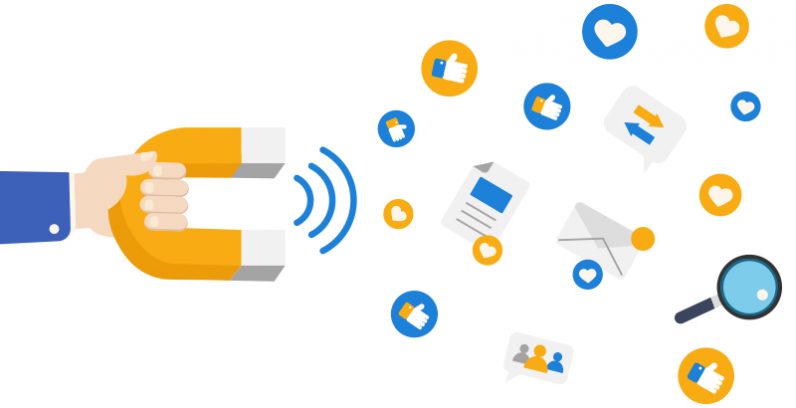
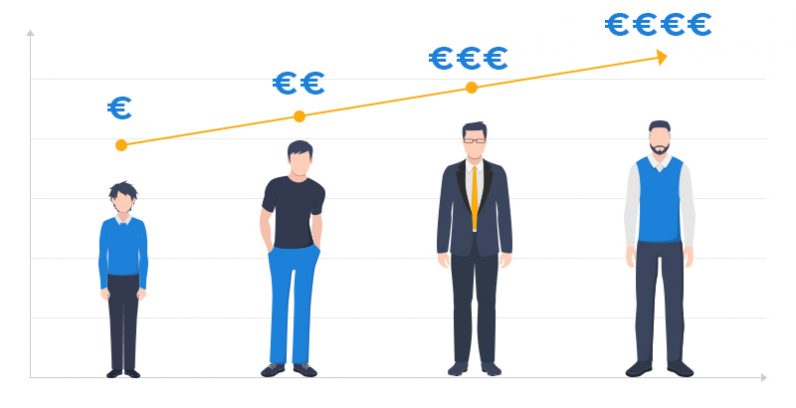

The best example I’ve seen of this lately? Visa releasing a credit card, ‘just for geeks’.

This article was originally published on LinkedIn.
Like what you’ve read? On Growth Quarters, we strive to go beyond generic ‘fortune cookie advice’ and learn directly from the people who have walked the walk. And this summer, at TNW Conference 2020 in Amsterdam, we’ll take Growth Quarters offline again with a vibrant program dedicated exclusively to sustainable business growth. Listen to keynotes from leaders from the world’s most successful companies and get actionable guidance to help you grow professionally. Get early bird tickets now and learn more about the Growth Quarters track.
Get the TNW newsletter
Get the most important tech news in your inbox each week.





